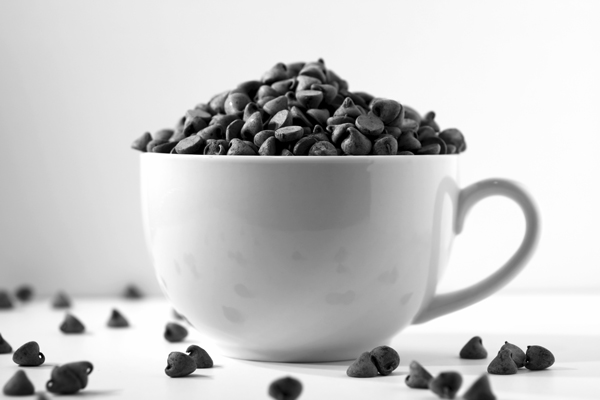Our love affair with chocolate goes all the way back to the Aztecs, who paid their taxes with cocoa beans. During the Revolutionary War, cocoa was such a prized ration that the Continental Congress imposed price controls. Today, chocolate is still a hot commodity, and we have many more choices than the simple cocoa and water our ancestors enjoyed.
Here's a brief “chocolate dictionary” to help you figure it all out:
Chocolate for Baking
Hint: When deciding which chocolate to use in your baked goods, take a look at the cocoa content. A higher percentage will be more bitter; a lower percentage will produce sweeter treats.
Unsweetened chocolate (also called chocolate liquor) is almost 100% cocoa solids. It looks and smells like chocolate, but it is not meant to be eaten alone. It is used for baking only.
Bittersweet chocolate is a category that has a wide range of cocoa solids (from 35% to 99%), but is usually more bitter than semi-sweet. European brands are generally the most bitter. Semi-sweet chocolate is standard baking “dark” chocolate. It is found in most grocery stores and commonly used in recipes for brownies, cakes and cookies.
Chocolate for Snacking
Milk chocolate contains either condensed milk or dry milk solids. It is much sweeter than dark chocolate, lighter in color and prone to overheating.
White chocolate has no cocoa solids, so it is not a chocolate by definition. Look for cocoa butter in the ingredient list for a smooth flavor.
Dark chocolate is not as sweet as the other choices, and it is considered the healthiest. Consuming dark chocolate has been linked to lower cholesterol levels and improved heart health. The antioxidant power of dark chocolate is impressive—in fact, it has a greater antioxidant capacity than fruit juices!
So, when buying or making goodies this Valentine's Day, try something new. It'll taste good and it might be good for you, too!







